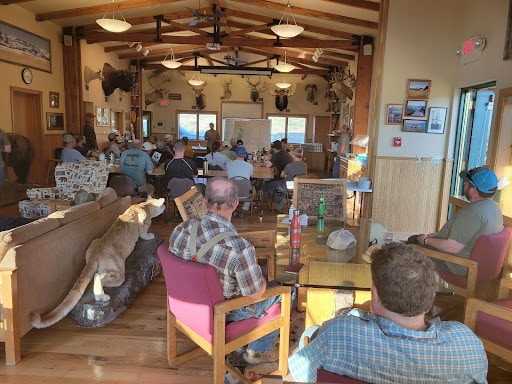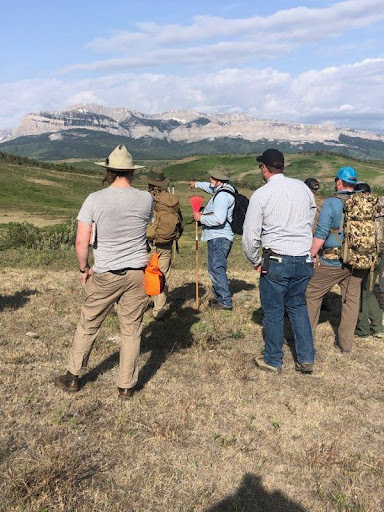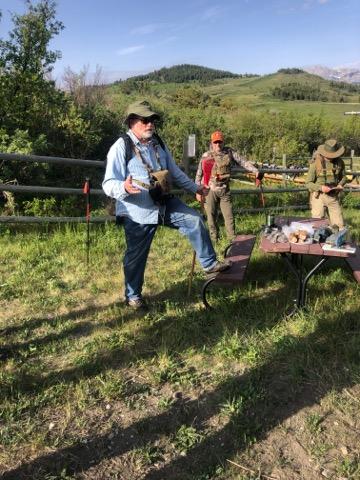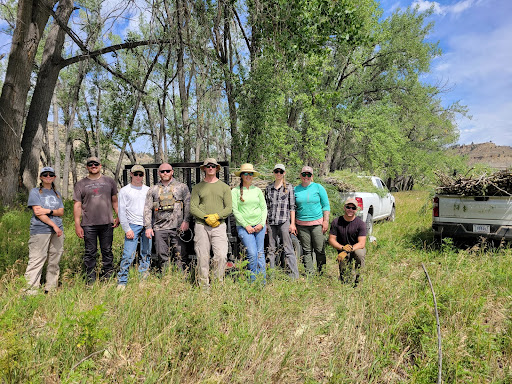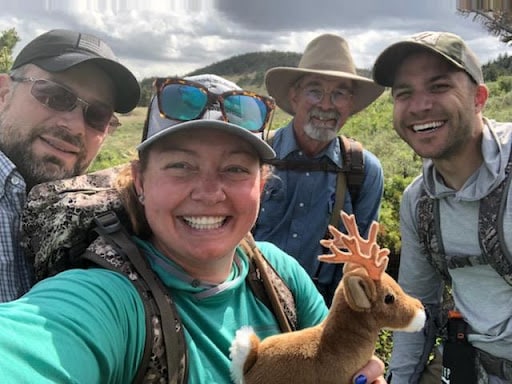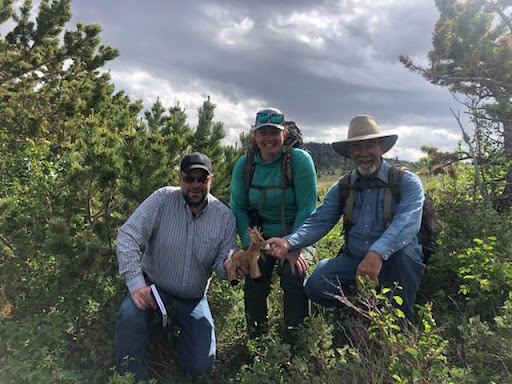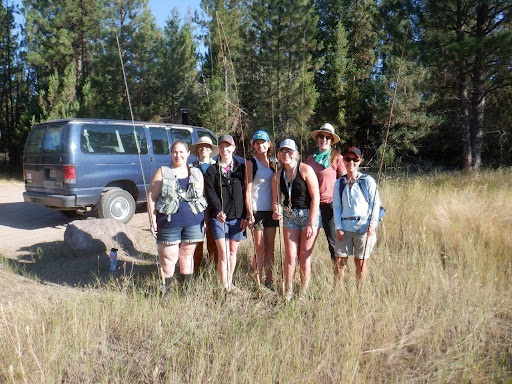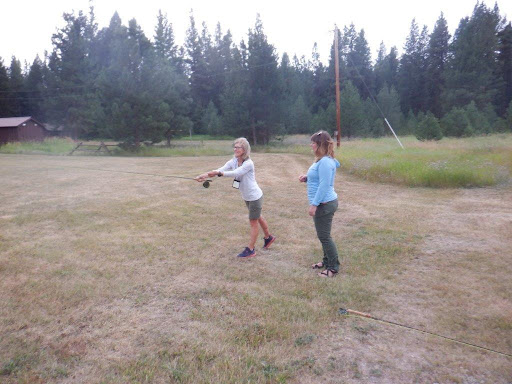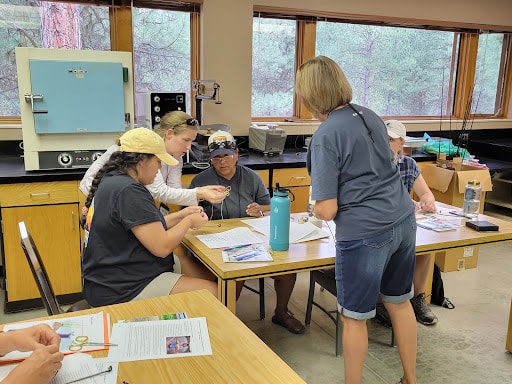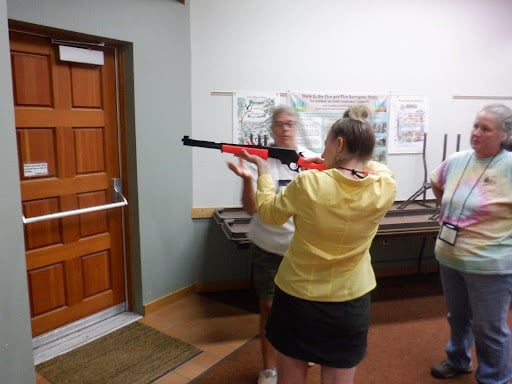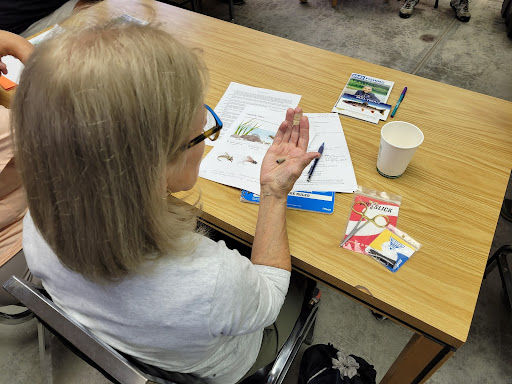Montana Hunting and Conservation Groups Solidify Court Standing in Legal Defense of Elk Management
District court judge grants coalition’s motion to intervene by demonstrating a ‘direct, substantial, legally protectable interest’ in suit brought by United Property Owners of Montana
MISSOULA, Mont. – A District Court judge has ruled that a coalition of Montana hunting and conservation groups can intervene in a lawsuit that attempts to upend game management in Montana.
Tenth Judicial District Court Judge Heather Perry granted the groups’ motion to intervene on Wednesday afternoon, acknowledging the coalition’s standing in the suit filed in May by the United Property Owners of Montana against Montana Fish, Wildlife and Parks and the Fish & Wildlife Commission.
Composed of Helena Hunters and Anglers, Hellgate Hunters and Anglers, Montana Backcountry Hunters & Anglers, Montana Bowhunters Association, Montana Wildlife Federation, Public Land Water Access Association and Skyline Sportsmen, the coalition called the lawsuit “an attack on wildlife management and Montana’s egalitarian hunting traditions” and filed the motion to intervene on behalf of FWP and the citizens of Montana.
The groups represent a broad array of interests and are committed to maintaining long-term, proven management that benefits all Montanans. All have a strong record of public participation in decisions affecting Montana’s natural resources and hunting heritage. Learn more at KeepElkPublic.org.
Conversely, UPOM is an organization with a history of opposing the great Montana tradition and law guaranteeing wildlife are equally owned by the public, not just the wealthy and well-connected. UPOM alleges in its suit that the public process for managing elk and setting hunting regulations in Montana is unconstitutional. It attempts to force FWP to act to reduce elk numbers in the state substantially by killing upwards of 50,000 animals and giving politicians and private landowners management authority of the public’s wildlife. Similar attempts by UPOM at the legislative and commission levels have been strenuously opposed and largely defeated.
Judge Perry ruled that the coalition has met criteria establishing its grounds for intervening: that the motion is timely, that it shows an interest in the subject matter of the suit, that it shows that protection of the interest may be impaired by the disposition of the action, and that the interest is not adequately represented by an existing party.
Coalition members voiced appreciation for the court recognizing their role in defending the public’s interest and vowed to keep fighting in the name of responsive wildlife management and public hunting opportunity. The groups look forward to making their case in front of the Court.
“Elk belong to the people of Montana,” said Steve Platt, president of Helena Hunters and Anglers. “We intend to keep it that way.”
“The abjectly partisan decisions of our elected officials – and their appointees – on elk management dictate that Montana hunters must now bear the responsibility of ensuring abundant, accessible elk populations on public land,” said Walker Conyngham, president of Hellgate Hunters & Anglers. “UPOM’s lawsuit threatens serious consequences for how we manage our elk and public hunting opportunities going forward. We welcome the opportunity to defend our state’s wildlife managers and our historic wildlife management principles against this troubling suit.”
“I am proud of the hard work we have done over the last year, engaging with the state, public hunters and landowners, in a sincere and transparent effort to solve these wildlife management issues,” said John Sullivan, chair of the Montana chapter of Backcountry Hunters & Anglers. “We are grateful the court has acknowledged the public’s role in wildlife management and allowed us to intervene on the public’s behalf. We look forward to making our case in front of the court and in the light of day for all to watch.”
“Montana Wildlife Federation appreciates that the court has recognized our standing as intervenors in this important case,” said Montana Wildlife Federation President and Board Chair Dr. Chris Servheen. “This case is about the public’s role in the management of elk and other wildlife in Montana. Elk are a public resource and should be managed using science in a fair and balanced public process. MWF is an organization made up of all kinds of Montanans, including hunters and landowners, so it makes sense for us to be involved. We look forward to working with our partner organizations in representing the interests of the public before the court in this important case.”
Contact: Katie McKalip, BHA, 406-240-9262, mckalip@backcountryhunters.org
Sonya Smith, MWF, 406-417-9909, sonya@mtwf.org

